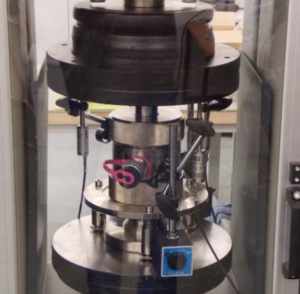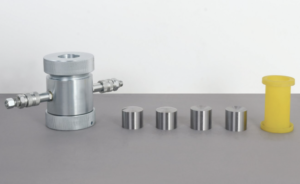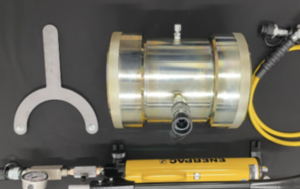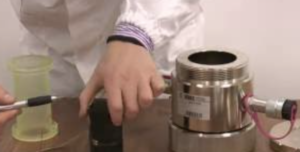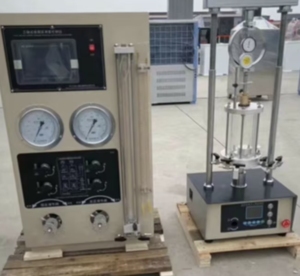How Can Nanotechnology-Enabled Soil Testing Revolutionize Environmental Conservation?
As environmental challenges grow more complex, traditional soil testing methods often fall short in speed, sensitivity, and scope1. Enter nanotechnology—a transformative force bringing ultra-precise, real-time, and scalable tools2 to environmental soil monitoring. By integrating nanoparticles, nanosensors, and nanomaterials into soil testing systems, we can detect threats earlier, optimize remediation faster, and drive data-informed conservation decisions3 like never before.
Nanoparticle-Based Sensors for Ultra-Sensitive Soil Contaminant Detection
One of the most promising applications of nanotechnology in soil science is the development of nanosensors that can detect contaminants at trace concentrations—sometimes as low as parts per billion (ppb).
Key Advantages:
- High surface area of nanoparticles boosts sensitivity.
- Functionalized nanoprobes bind selectively to specific heavy metals, pesticides, or hydrocarbons.
- Portable sensor platforms enable rapid, on-site detection.
Examples of Nanoparticle Sensors:
| Target Contaminant | Nanomaterial Used | Detection Limit | Mechanism |
|---|---|---|---|
| Arsenic (As) | Gold nanoparticles | < 10 ppb | Colorimetric shift |
| Lead (Pb) | Quantum dots | ~5 ppb | Fluorescence quenching |
| Atrazine (pesticide) | Graphene oxide nanosheets | ~1 ppb | Electrochemical signal change |
| Nitrate | Zinc oxide nanorods | ~0.1 ppm | Photoluminescence sensing |
These nanosensors bring lab-grade accuracy to the field level, allowing conservationists to map pollution hotspots instantly and respond before damage spreads.

Leveraging Nanomaterials to Enhance Soil Remediation Efficacy as Revealed by Tests
Beyond diagnostics, nanotechnology plays a pivotal role in remediation4, especially when soil test results show contamination. Nanomaterials can neutralize pollutants more effectively than traditional methods, thanks to their reactivity and surface functionality5.
Common Remediation Nanomaterials:
- Nano-zero valent iron (nZVI) for heavy metal and chlorinated compound degradation.
- Nano-hydroxyapatite for phosphate immobilization.
- Carbon nanotubes for hydrocarbon adsorption.
- TiO₂ nanoparticles for photocatalytic breakdown of organic toxins.
Case Study: Remediation Enhancement with Nanomaterials
| Contaminant | Traditional Removal Rate | Nanotech-Enhanced Rate | Time Reduction |
|---|---|---|---|
| Chromium (Cr VI) | 55% in 30 days | 95% in 5 days | ~6x faster |
| TCE (solvent) | 40% in 2 weeks | 90% in 3 days | ~5x faster |
| Diesel (TPH) | 60% in 45 days | 85% in 10 days | ~4.5x faster |
Testing before and after remediation validates the effectiveness of nanomaterial applications, helping optimize dosage and placement.
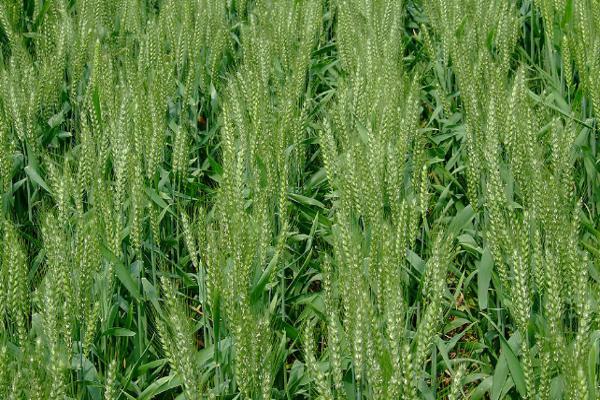
Nanotech-Assisted Monitoring of Soil-Microbe Interactions for Ecosystem Health
Microbial health is a strong indicator of soil ecosystem functionality6. Nanoscale tools enable researchers to visualize and monitor microbial processes7 at an unprecedented level of detail.
Nanotechnology Monitoring Tools:
- Nano-biosensors to detect microbial enzyme activity and nutrient cycling.
- Fluorescent nanoprobes to trace microbe movement and colonization.
- Nano-based DNA extraction kits for quicker metagenomic analysis.
Applications in Conservation:
- Detecting early signs of microbial stress due to pollutants.
- Monitoring the restoration of microbial diversity8 during reforestation.
- Measuring the impact of agrochemicals on beneficial microbial populations.
| Microbial Function | Nano Tool Used | Measured Output |
|---|---|---|
| Nitrogen fixation | Fluorescent nanoprobe | Enzyme activity rate (nitrate reductase) |
| Biodegradation of oil | Carbon dot sensor | Real-time hydrocarbon metabolism |
| Soil respiration | Nanofilm gas sensor | CO₂ flux measurement |
This level of monitoring is crucial for adaptive land management in protected ecosystems and rehabilitated lands.

Economic and Environmental Feasibility of Nanotech-Driven Soil Testing in Conservation
A common concern with advanced technologies is cost and accessibility. Fortunately, nanotech-enabled testing is becoming more scalable and affordable through miniaturization and mass production.
Cost-Benefit Summary:
| Aspect | Traditional Testing | Nanotech-Enabled Testing |
|---|---|---|
| Time per sample | 1–2 days | Minutes to hours |
| Sample transport | Required to lab | Often field-deployable |
| Sensitivity | Moderate | Ultra-sensitive (ppb range) |
| Equipment cost (initial) | Low–moderate | Moderate–high (but reusable) |
| Data quality and speed | Good | Exceptional |
When used in conservation zones, nanotech testing reduces response time, lowers long-term remediation costs, and enables real-time environmental decision-making.
Environmental Return on Investment
| Project Type | Test-Based Outcome | Impact |
|---|---|---|
| Wetland Restoration | Optimized pollutant mapping | Enhanced biodiversity recovery |
| Mining Site Rehab | Targeted nano-remediation | Shorter recovery timeline |
| Agricultural Buffer Zones | Real-time nitrate monitoring | Reduced leaching into waterways |
With proper training and ethical use, nanotech-enabled tests offer scalable conservation solutions for both developed and developing regions.

Conclusion
Nanotechnology-enabled soil testing isn’t just a technological leap—it’s a paradigm shift for environmental conservation. By offering ultra-sensitive detection, targeted remediation, and real-time ecosystem monitoring, it equips stakeholders with tools to protect and restore ecosystems more efficiently. As these technologies become more accessible, they will play a vital role in the global mission to safeguard soil health and ecological resilience.
-
Understanding these limitations can help you appreciate the advancements nanotechnology brings to soil testing. ↩
-
Explore how these tools revolutionize soil monitoring and enhance environmental protection efforts. ↩
-
Learn how data-driven decisions can lead to more effective conservation strategies and better environmental outcomes. ↩
-
Explore cutting-edge techniques in nanotechnology that enhance soil remediation, making it more efficient and effective. ↩
-
Understanding these properties can reveal how nanomaterials are revolutionizing environmental solutions, including pollution control. ↩
-
Understanding soil ecosystem functionality is crucial for sustainable agriculture and environmental conservation. Explore this link to learn more. ↩
-
Discover advanced techniques for visualizing microbial processes, which are essential for improving soil health and ecosystem management. ↩
-
Learn about effective strategies for restoring microbial diversity, vital for ecosystem resilience and health. This resource can provide valuable insights. ↩

